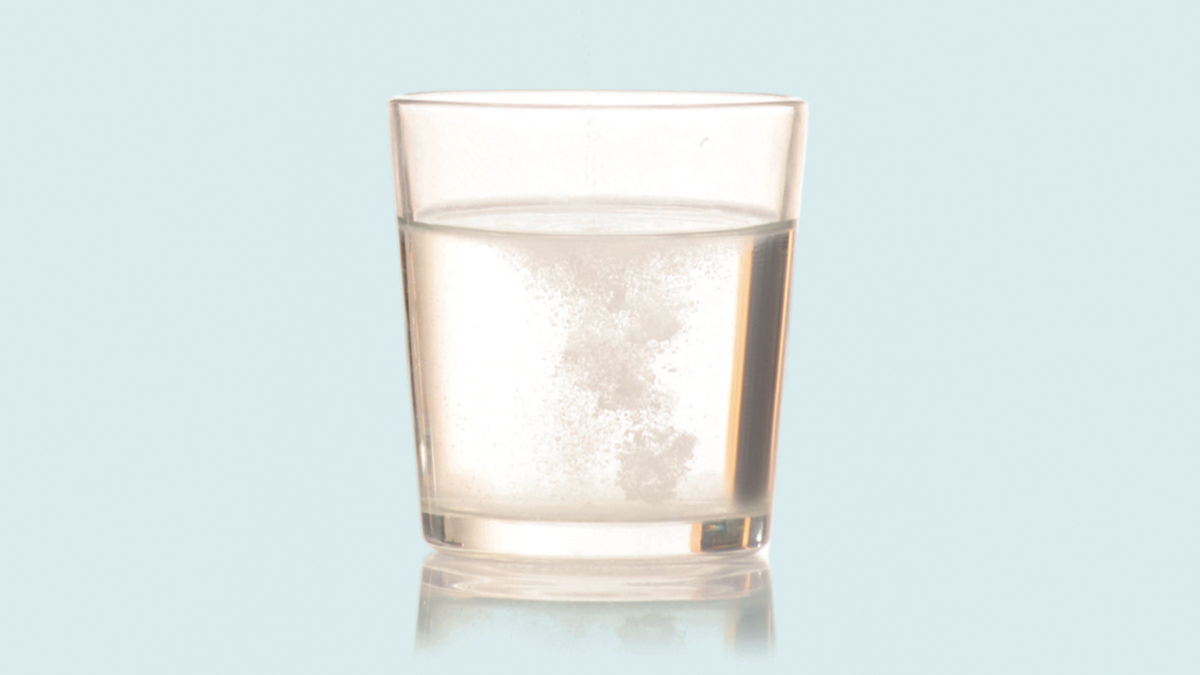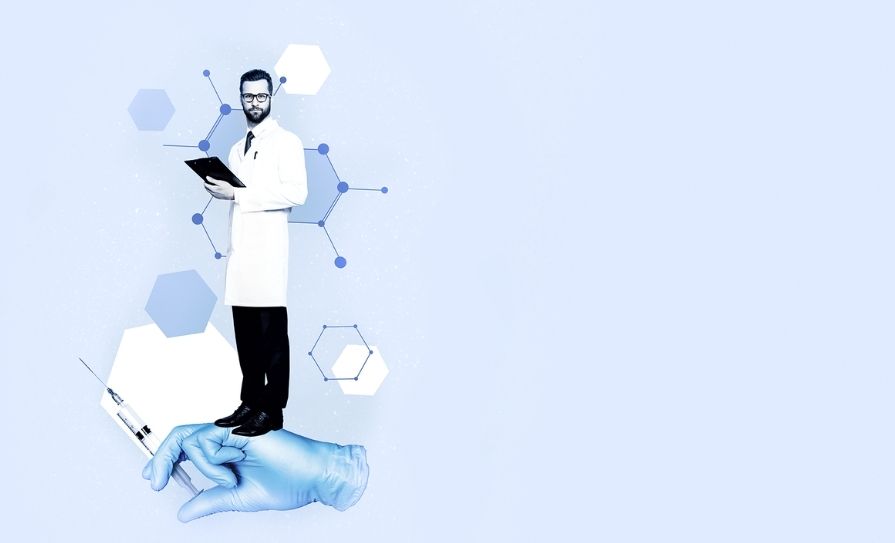Diarrhoeal diseases (eg, cholera, shigella, rotavirus, adenovirus, campylobacter, E. coli, Clostridium difficile, salmonella, cryptosporidium, amoebiasis, among others) are the second leading cause of mortality in children under five, leading to hypovolemia, shock, and death. Globally, there are about 1.7 billion cases of childhood diarrhoeal disease every year.
A large proportion of these can be prevented through safe drinking water, adequate hygiene, and sanitation.1 Children in countries with limited resources are most at risk; however, even in wealthy countries, diarrhoea caused by gastroenteritis can easily lead to the hospitalisation of children.3
Diarrhoea is defined as the passage of three or more loose/liquid stools a day, or more frequently than is usual for the individual. This can persist for several days, and depletes the body of salts and water. Diarrhoea should be treated with oral rehydration solution, made of clean water, glucose, and salts.1
Although the mortality rate from diarrhoeal diseases is high, it has steadily declined over the last few decades, mainly due to the use of oral rehydration therapy, improved sanitation, improved nutrition, and effective rotavirus vaccination.3
Oral rehydration therapy
Volume depletion, hypovolemia, and dehydration are terms that are often used interchangeably. Oral rehydration therapy was first introduced in the 1960s to treat these, and it is still the best treatment for fluid loss that results from acute diarrhoea.
Oral rehydration solution is made up of glucose electrolyte solution, with base and citrate. These ingredients treat dehydration and metabolic acidosis.4 A study published in The Lancet in 1968 provided evidence that a solution containing sugar and electrolytes could help replace water and electrolytes lost from the body during diarrhoea by enhancing intestinal absorption. This was referred to as “potentially the most important medical advance of the 20th century”.
Oral rehydration solution was then included by the World Health Organization (WHO) in diarrhoea treatment protocols. Research showed that isotonic oral rehydration solution formulations with equimolar concentrations of glucose and sodium were as effective as intravenous (IV) hydration in treatment of hypovolemia in patients with cholera.3
Trials have also shown that oral rehydration therapy, when treating dehydration due to diarrhoeal illness from gastroenteritis (compared with IV treatment) is associated with shorter hospital stays, lower costs, and fewer complications (eg, phlebitis).
Oral rehydration solution has reduced the incidence of childhood morbidity and mortality due to diarrhoeal disease, and is the treatment of choice, independent of age or cause, for fluid and electrolyte loss in children (due to diarrhoea caused by gastroenteritis). The development of oral rehydration solution was based on three main observations:4
The requirement of sodium for the absorption of glucose in the small intestine, and the increase in sodium absorption in the presence of luminal glucose;
That enterotoxin of cholera does not decrease fluid/sodium absorption;
The use and development of oral rehydration solution for successful treatment of acute diarrhoea in the Bangladesh war in 1970.
In the oral rehydration solution formula suggested by WHO, glucose is used as an organic solvent carrier for sodium transport. In polymer-based oral rehydration solution, rice, wheat, and corn can be used with starch as the glucose source, broken down by amylase in the small intestine.4
Alternative oral rehydration solution compositions have been studied,5 including these rice/cereal-based oral glucose electrolyte solutions, as well as looking at the inclusion of glycine to increase ?uid and electrolyte absorption, low-osmolar oral rehydration solution with reduced sodium, and the more recent zinc oral rehydration solution co-packaging.
A Cochrane review6 concluded that zinc, as well as oral rehydration solution, is effective for treating diarrhoea in some cohorts. Zinc supplementation was more effective in children over six months, or malnourished children, and reduced the duration of diarrhoea by about 26 hours.
The following properties for oral rehydration solution composition are recommended by WHO:4
- Total osmolarity between 200 and 310mOsm/L;
- Equimolar concentrations of glucose and sodium;
- Glucose concentration <20g/L (111mmol/L);
- Sodium concentration between 60 and 90mEq/L;
- Potassium concentration between 15 and 25mEq/L;
- Citrate concentration between eight and 12mmol/L;
- Chloride concentration between 50 and 80mEq/L.
Liquids that have a molar ratio of glucose that is higher than sodium (eg, fruit juices, sports beverages) may increase diarrhoea. This is because a higher unabsorbed glucose level in the lumen of the GIT increases osmolarity, decreasing water absorption. On the other hand, fluids with excess sodium concentration compared to glucose can also increase diarrhoea because no organic solute is available to facilitate sodium transport. Very high sodium concentrations can cause hypernatremia.
Signs of dehydration
Although diarrhoea in babies and young children is usually a self-resolving condition, resulting hypovolemia may need to be addressed. The following are signs of dehydration:7
- Fewer wet nappies, or infrequent urination for an older child;
- Dark urine;
- Child is less active than usual;
- Dry mouth;
- Crying without tears;
- Sunken fontanelle on baby’s head.
Treatment
Oral rehydration solution reduces the effects of dehydration. Each dose of oral rehydration solution is usually given after each bout of diarrhoea, and starts to take effect quickly, reducing signs of dehydration within three to four hours.7 It can be difficult to distinguish clinically between mild and moderate dehydration and, as a result, they are often grouped together and treated similarly, even though this broad classification includes a wide range of dehydration (three per cent to nine per cent). Severe dehydration (10 per cent or more volume depletion) is a medical emergency and requires IV treatment.4 IV treatment can be switched to oral rehydration solution once the patient’s status is adequately stabilised. IV fluid therapy with 0.9 per cent sodium chloride is used to restore fluid loss after gastroenteritis and diarrhoea.
Treatment of hypovolemia is divided into two phases:3
- Rehydration – replacement of the fluid deficit is performed over three to four hours. Small amounts of oral rehydration solution are administered by spoon or syringe. For patients in which this might trigger vomiting, each administration must be small enough to avoid this. Five millilitres given every one to two minutes permits 150 to 300ml an hour to be given;
In older children, solid foods/milk should be limited for the first 24 hours, because they may make the diarrhoea worse
- Maintenance – where maintenance calories and fluids are given, with the aim of returning the patient to an age-appropriate unrestricted diet.
- If there are further losses from diarrhoea in either phase, this should be replaced. One millilitre of oral rehydration solution should be administered for each gram of stool lost, or if this cannot be measured accurately, 10ml/kg of body weight of oral rehydration solution should be given for each loose stool, and 2ml/kg for each episode of emesis.
Other points for oral rehydration solution use:4
- If a patient has diarrhoea, but no evidence of dehydration, oral rehydration therapy is still used to maintain hydration levels by replacing the fluid lost through stools. Oral rehydration therapy may not be required if output is minimal;
- Age-appropriate nutrition should be continued where possible, along with supplemental fluids;
- To rehydrate, oral rehydration solution of 50 to 100ml/kg should be administered orally every four hours, with extra oral rehydration solution given to replace any ongoing loss (stools or vomiting);
- If vomiting occurs within 30 minutes of oral rehydration solution ingestion, the dose will need to be given again. If it happens more than 30 minutes after drinking the oral rehydration solution, re-administration is not required;7
- Any unused oral rehydration solution made up can be kept in the fridge for up to 24 hours;
- If a baby or child will not drink the oral rehydration solution, water (cooled boiled water for infants under one) or weak juice can be offered. If they will not take any fluids by mouth, referral is needed;
- For babies with diarrhoea, in the first 24 hours it is best to not have any feeds except breastfeeds;
- In older children, solid foods/milk should be limited for the first 24 hours, because they may make the diarrhoea worse. When the child starts to improve they can be offered water or juice but still given oral rehydration solution after each loose stool;
- Start normal feeding again after 24 hours as the diarrhoea improves;
- If the diarrhoea is not improving after 48 hours, referral to a doctor is advised. Oral rehydration solution should generally not be needed for more than two to three days;
- If stool output continues and the patient cannot be adequately rehydrated with oral rehydration solution, or persistent vomiting compromises oral rehydration solution intake, intervention with IV hydration is indicated.3
Most causes of diarrhoea are infectious. In order to prevent the spread, good hand hygiene is important, washing hands before touching food, after going to the toilet, and after changing nappies.8
The NHS advises that children should not return to school or childcare until 48 hours after the last episode of diarrhoea or vomiting. Although the most common causes of diarrhoea are viruses, bacteria, or in some cases a parasite, diarrhoea can also be the result of anxiety, a food allergy, medication, or a long-term condition, such as irritable bowel syndrome.9 In these cases further advice or referral may be required. l
Author: Dr Donna Cosgrove PhD. Donna’s overall aim is to improve patient outcomes through education. After graduating with a BSc in Pharmacy, she returned to university to complete a MSc in Neuropharmacology. This led to a PhD investigating the genetics of schizophrenia, followed by a postdoctoral research position in the same area. She has worked in hospital, research and community pharmacy settings and is currently a community pharmacist in Galway and a clinical writer.
References
World Health Organization. (2017). Diarrhoeal disease. Available at: www.who.int/news-room/fact-sheets/detail/diarrhoeal-disease.
The International Federation of Red Cross. (2022). Epidemic control toolkit: Diarrhoeal diseases. Available at: epidemics.ifrc.org/manager/disease/diarrhoeal-diseases.
Freedman S (2023). Oral Rehydration Therapy. UpToDate. Retrieved January 30, 2024, from www.uptodate.com/contents/oral-rehydration-therapy.
Aghsaeifard Z, Heidari G & Alizadeh R. (2022). Understanding the use of oral rehydration therapy: A narrative review from clinical practice to main recommendations. Health Science Reports, 5(5), e827.
Khan AM, Wright JE & Bhutta ZA (2020). A half century of oral rehydration therapy in childhood gastroenteritis: toward increasing uptake and improving coverage. Digestive diseases and sciences, 65, 355-360.
Lazzerini M & Wanzira H (2016). Oral zinc for treating diarrhoea in children. Cochrane database of systematic reviews (12).
National Health Service. (2021). NHS Worcester acute hospitals – patient information oral rehydration salts. Available at: www.worcsacute.nhs.uk/documents/documents/patient-information-leaflets-a-z/oral-rehydration-salts/.
National Health Service. (2016). NHS East Sussex Healthcare – Caring for a child with gastroenteritis at home: Advice for parents and carers. Available at: www.esht.nhs.uk/wp-content/uploads/2017/06/0421.pdf.
National Health Service Inform. (2023). Diarrhoea. Available at: www.nhsinform.scot/illnesses-and-conditions/stomach-liver-and-gastrointestinal-tract/diarrhoea/.







